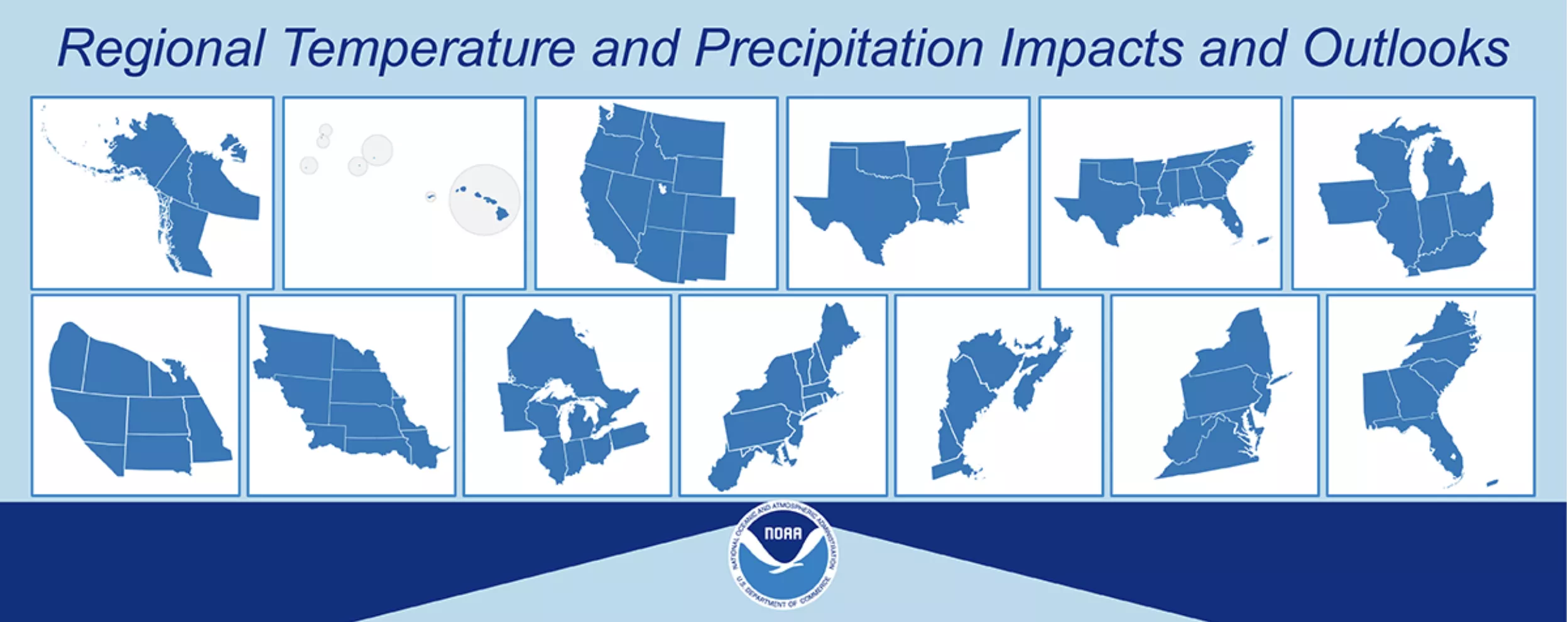
NOAA and its partners have released the latest Regional Reports and Outlooks, which recap winter 2024 conditions and provide insight into what might be expected this spring 2025.
Winter 2025 Temperature Recap
The average temperature over the contiguous U.S. (CONUS) for meteorological winter (December–February) was 34.1°F, 1.9°F above average, ranking in the warmest third of the winter record. Winter temperatures were near- or above-average across most of the country, and much above average across the Southwest.
Winter 2025 Precipitation Recap
The total precipitation averaged over CONUS for winter was 5.87 inches, 0.92 inch below average, ranking in the driest third of the December-February record. Winter precipitation was above average across portions of the Northwest and northern Plains, and from the central Mississippi Valley to the Mid-Atlantic Coast. However, much of the rest of the contiguous U.S. experienced below to much-below-average precipitation, particularly in the Southwest where Arizona and New Mexico had their second-driest winter season on record.
Spring 2025 Temperature Outlook
The April-May-June (APJ) 2025 seasonal outlook favors above-normal temperatures for the southern half and eastern one-third of the contiguous U.S. (CONUS) as well as for the Alaska Peninsula and adjacent areas of the southern Mainland and eastern Aleutians. The greatest odds are forecast in the Southwest, southern Plains and bottom two thirds of the Florida Peninsula. Below-normal seasonal mean temperatures are most likely for a small area of west-central Alaska.
Spring 2025 Precipitation Outlook
The APJ 2025 precipitation outlook forecasts elevated probabilities for below-normal seasonal total precipitation amounts for much of the western U.S. and the central and southern High and Great Plains. The highest odds are centered just north of the Four Corners region. Above-normal precipitation is favored for the southern Great lakes and Ohio Valley. In Alaska, above-normal precipitation is most likely for the northern and much of the western areas of the state while drier-than-normal conditions are favored for coastal south-central Alaska.
Impacts and Outlooks for Your Region
Get more details for your region in the March 2025 temperature and precipitation impacts and outlooks summaries:
- Prairies and High Plains Region
- Gulf Coast Region
- Alaska and Northwestern Canada Region
- Great Lakes Region
- Gulf of Maine Region
- Mid-Atlantic Region (Coming Soon)
- Midwest Region
- Missouri River Basin Region
- Northeast Region
- Pacific Region
- Southeast Region
- Southern Region
- Western Region
You can access all of the Temperature and Precipitation Impacts and Outlooks summaries as well as additional reports and assessments through the U.S. Drought Portal Reports web page at Drought.gov.
